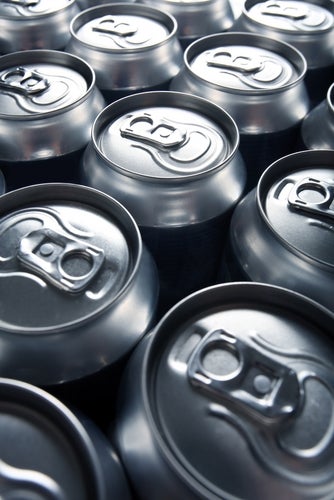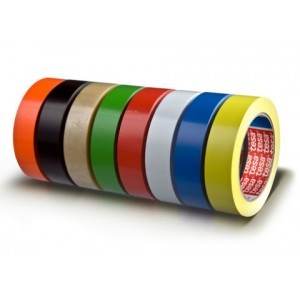
When it comes to packaging, it is all about corporate impression to its demographic, which is why lessons from a shortcoming in Budweiser's packaging can be applied to industrial packaging solutions.
Packaging can be seen from a number of various viewpoints. The way in which a company approaches their packaging processes within the supply chain can communicate the success of a company brand. For some companies product packaging is simply a method of getting a product from point "A" to point "B" - be it through a box, a bag or a can. For others, it can be found in the portrayal of the brand marketing of a company. The iconic Coca-Cola label, for example, is recognized in a multitude of countries, which is one of the many reasons the company has experienced so much success throughout the years.

Brand marketing of Budweiser fails on shelves
Adweek explains that despite the company's best efforts in television advertising and branding, the packaging of Budweiser fails when shoppers peruse the shelves. While many people recognize the brand as affordable and fun, these perceptions away from the grandeur of its television ads, are seemingly left at the door of the store according to a study by Affinova examined by the news source.
One of the conductors of the study explains that the brand marketing of the can or bottle does not communicate the same impression that has been garnered by the company's ad campaign, making it somewhat useless once shoppers hit the aisles.
As a result, the news source explains that Budweiser U.S. sales were down 4.1 percent during the first quarter of 2013 and in the four weeks that ended on April 13 fell 7.7 percent.
Brand marketing in industrial applications
While it may not seem like branding strategies have application within an industrial process such as food or machinery production and packaging, the process is a direct reflection on the brand.
Budweiser's packaging failed to reflect the impressions customers have of the company, and in doing so, did not succeed in its branding goal. In the same respect, when a product or a piece of machinery is purchased, for example, the expectation of the consumer is that the product will arrive in pristine condition, ready for the application for which it is purchased.
If the product fails to meet customer satisfaction in both delivery and application, the brand and overall reliability of the company falters. The packaging fails to deliver on the company's product much in the same way Budweiser;s packaging failed to deliver on the company's image.
In attempt to address brand marketing and delivery a number of innovative solutions within the packaging process have been made. One such solution is foam-in-place approach. Through the use of pre-fabricated molds for example, the explicit shape of the product can be created in order to better contain the product that needs to be shipped. In other applications, foam in place can be be alternatively employed through the use of a hand held gun. Foam sheets are dispensed from the machine, depositing foam around the product being shipped. The foam then expands to fill the open space around the products, thus creating a firm void fill solution to packaging requirements. This is just one packaging solution companies are currently using to ensure stability of delivery.
Branding and industrial packaging play vital roles in consumer perception and can promote or damage the reputation and success of sales. It is imperative that both are examined closely to ensure marketability and customer satisfaction.









